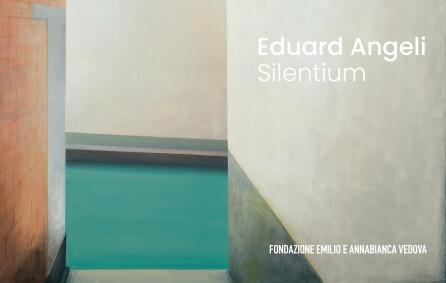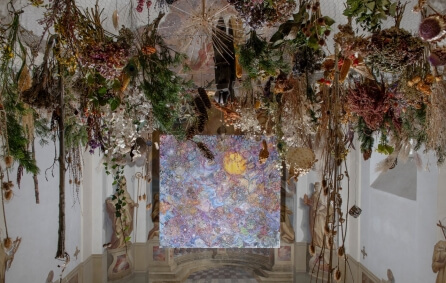
Hans Bischoffshausen
(Feld am See 1927 - 1987 Villach)
The following artworks are for sale


Bischoffshausen Hans Apparition - Erscheinung 1966
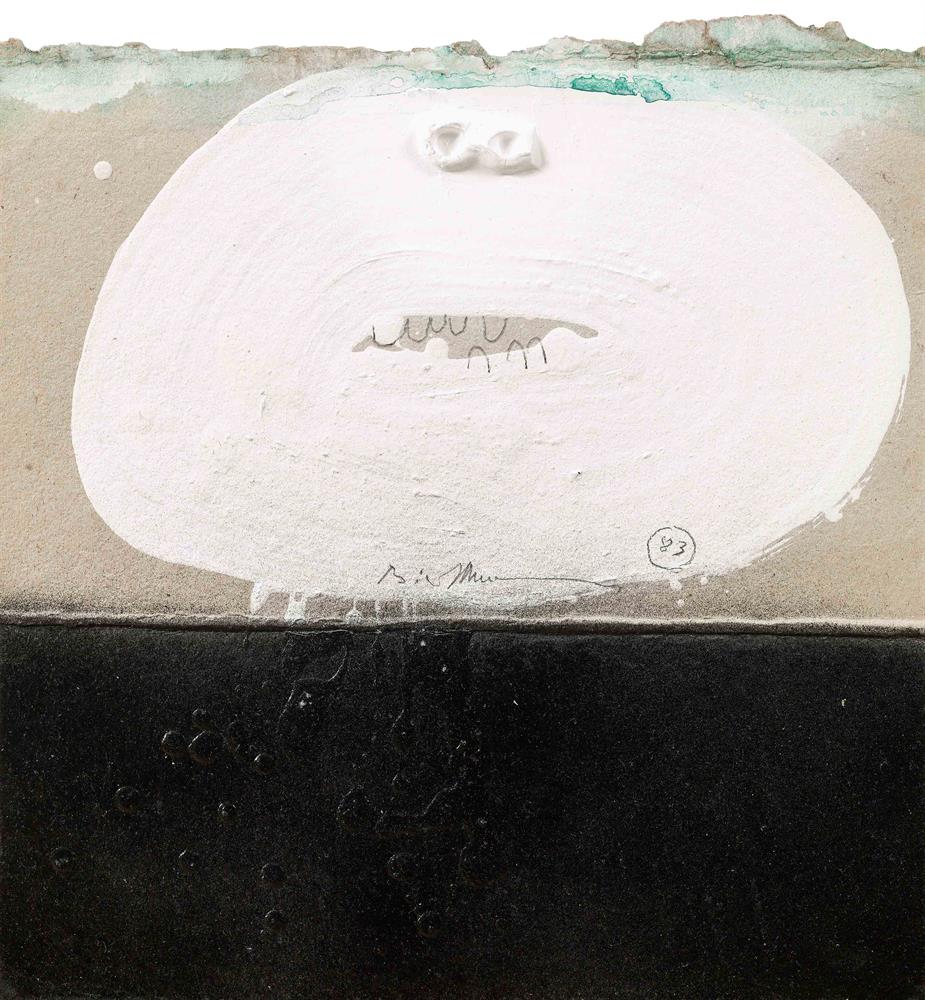
Bischoffshausen Hans untitled 1983
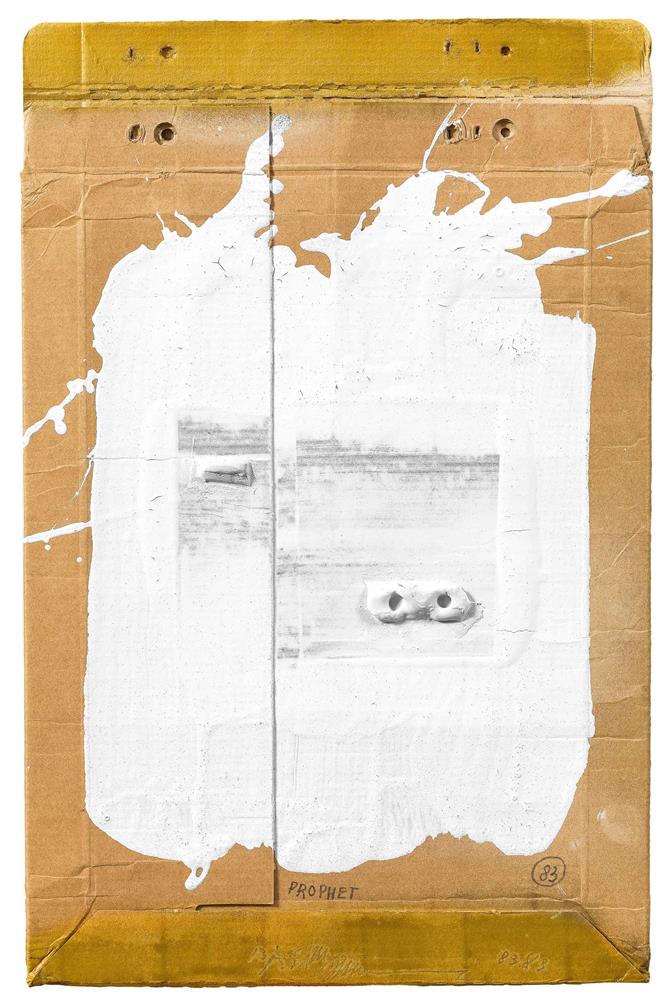
Bischoffshausen Hans Prophet 1983

Bischoffshausen Hans untitled 1980, print posthumously

Bischoffshausen Hans untitled 1980, print posthumously
Biography
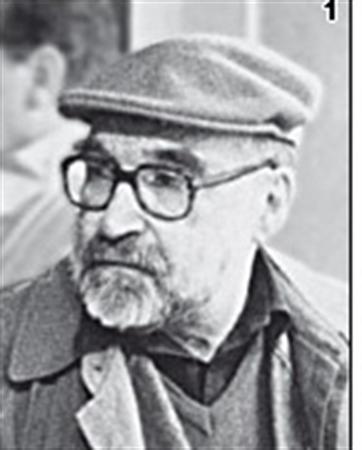
Hans Bischoffshausen, born in 1927 in Feld am See in Carinthia, was drafted early for military service and was only able to pass his school leaving examination in Villach after the war. In 1946 he began to study architecture at the Technical University in Graz and subsequently trained as an autodidactic painter. Early on he found his own formal language and got to know the art critic Pierre Restany – whose name is closely linked to the Nouveau Réalisme – on the occasion of his first personal exhibition in the Galleria del Cavallino in Venice. He moved to Paris and joined the artist group ZERO, which had been founded in 1958 by Heinz Mack and Otto Piene in Düsseldorf. Post-war art was to begin again from zero (ZERO), free of all ballast. At the same time, an alternative to the dominant art movements Tachism and Informel was to be offered. Important artists such as Yves Klein, Piero Manzoni or Antoni Tàpies belonged to the movement and created an international network. Hans Bischoffshausen was also influenced by his artistic exchange with Lucio Fontana and his examination of his "concetto spaziale". The artist himself described this period as the most important stage in his work. In 1961 the collaboration with the Hildebrand Gallery in Klagenfurt began, followed by a major order for a thirty-meter-long relief frieze for the Landeskrankenhaus Klagenfurt, which can now be seen in the new clinic building. In 1972 the artist finally returned to his native Carinthia and settled in Villach.
However, he was denied public recognition for many years to come. In 1977, his work, whose radicality and progressiveness often met with a lack of understanding, was honoured with a retrospective in the Carinthian State Museum. The artist, who became blind as a result of a destruction of the optic nerve and who is also one of the most important post-war Austrian painters in international terms, only received the title of professor in 1986, one year before his death.


